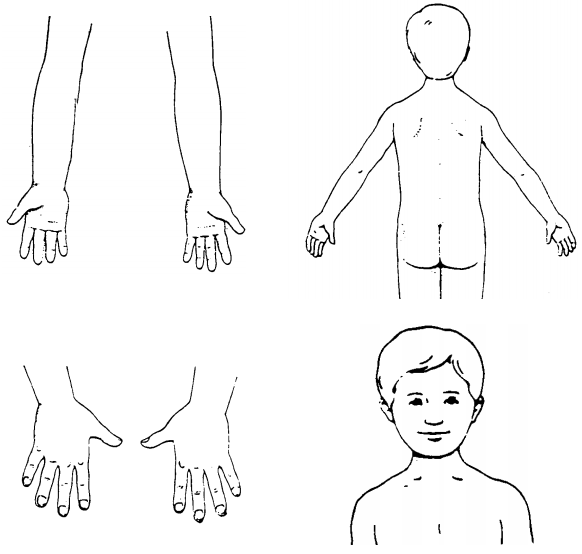Anesthetic (numbing) cream
Article Translations: (Spanish)
How does this medicine work?
4% lidocaine cream is a numbing medicine that helps reduce pain during a needle procedure like an IV start, lab draw or injection. When used with comfort positioning and distraction, it reduces the amount of pain or discomfort felt by your child during the procedure. The cream is put onto the skin before the procedure and needs to be in place for at least 20 to 30 minutes to work the best. It can be left on for up to 120 minutes.
How do I prepare my child?
Explain the cream will be put on their skin and that it will be covered up while it works. This may be with a clear bandage like Tegaderm® or plastic wrap. Just before the procedure, the covering is removed and the cream is wiped off. If Tegaderm® is used, it may feel like a Band-Aid® being taken off. The cream keeps working for up to 60 minutes after it is wiped off but the child might still feel something, such as pressure.
How should I apply the cream?
*Talk to a health care provider before you put the cream on to help pick the right site. Wash and dry the site before applying. Do not put the cream on an open wound such as a cut or scratch.
*For help with site selection call:
To place the cream, follow these steps:
- Use the point on the top of the cap to break the seal inside the tube.
- Put on the correct amount of cream to each site. Do not put on more than instructed:
___ dime-sized spot if child weighs less than 22 pounds
___ quarter-sized spot if child weighs 22 pounds or more - Cover with plastic wrap or Tegaderm® to keep cream in place and prevent child from getting it in their mouth or eyes. If using Tegaderm®: remove the center cut-out piece from the Tegaderm. Leave the paper frame on.
- Peel the paper liner off.

- Cover the cream, holding onto the Tegaderm frame. Try not to press down on the center. The cream works better in a thick layer.

- Smooth down the edges of the Tegaderm.
- Remove the frame.

- Repeat if needed for the second site.
- Write down the time the cream was applied. Once the cream is covered, it works best if it is not handled. Do not let your child chew, suck, or play with it.
- If cream oozes out from under the covering, wipe off with a cloth. Avoid contact with the mouth or eyes. Rinse hands with water after applying.
What are the side effects?
When used as directed, anesthetic cream has few side effects.
- Temporary whitening of skin is normal.
- Itching, redness, or a rash may occur. If this happens, remove the cream and notify your child's health care provider for further instructions.
When should I call the clinic?
- Questions about the sites (such as a scrape or cut at the site) or where to place the cream.
- Signs of skin reaction such as redness, itching or rash.
- If your child gets the cream in his mouth or eyes, rinse immediately with plain water and call your health care provider.
Call 911 for signs of allergic reaction:
- fever or chills
- hives, swelling
- wheezing
- shortness of breath
What else do I need to know?
You do not need a prescription for this cream. It can be purchased at the outpatient pharmacies at Children's Hospitals and Clinics of Minnesota, as well as local pharmacies.
Check the label and expiration date before giving each dose. Ask your pharmacist what to do with outdated or unused medicines. If there is no "take-back" program empty them into the trash.
Store all medicines, including any leftover cream, in their original containers, tightly capped, and away from direct sunlight or heat. Do not store in humid places such as the bathroom. Keep them out of children's reach, locked up if possible.
If too much or the wrong kind of medicine is taken, call the Poison Control Center at 1-800-222-1222.
This sheet is not specific to your child but provides general information. If you have any questions, please call the doctor or pharmacist. If your child needs support during the procedure, please call the Child Life department.
Where to apply anesthetic cream

Other instructions:
Questions?
This is not specific to your child but provides general information. If you have any questions, please call your clinic.
This page is not specific to your child, but provides general information on the topic above. If you have any questions, please call your clinic. For more reading material about this and other health topics, please call or visit Children's Minnesota Family Resource Center library, or visit www.childrensmn.org/educationmaterials.
© 2024 Children's Minnesota
